Building Eduard's 1/48 scale
North American
P-51D-5 Mustang
Early Version Without Fin Fillet
by Brett Green
|
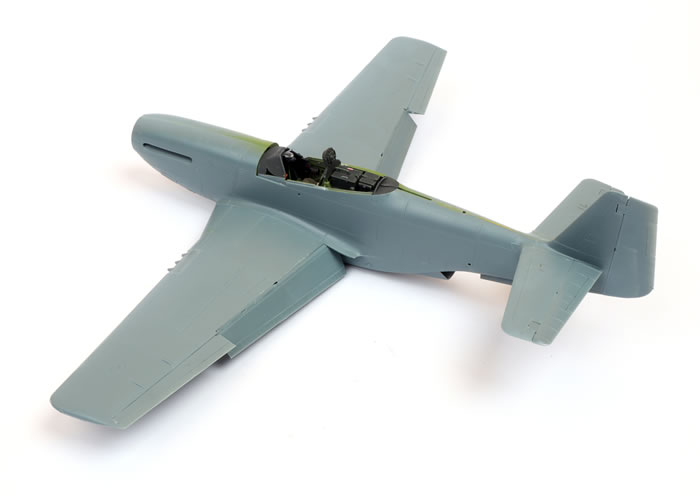
|
North American P-51 Mustang (Early Version Without Fin Fillet) |

Eduard's 1/48 Supermarine Spitfire Mk.IXc Late will be
available online from Squadron
I filmed an unboxing video and also reviewed Eduard's excellent 1/48 scale "Chattanooga Choo Choo" Limited Edition P-51D-5 Mustang recently.
The kit looks excellent on the sprues, but the real proof is in construction.
Will this kit be as impressive to build as it looks in the box?
Let's find out!
I am building the test shot sprues from the filletless P-51D-5 early version that is due for release in October.
Apart from the different fuselage halves and decals, the kit released at Chattanooga and these sprues should be the same.
My early version test shot box did not include photo-etched parts, so I borrowed the PE fret from my Chattanooga Choo Choo sample.
Before you start working on the kit, I strongly recommend that you thoroughly acquaint yourself thoroughly with the instructions. If you are using any resin or photo-etched updates, check those instructions carefully before you start too.
As with any modelling project, taking your time and constantly test-fitting are good policies. Make sure that you are confident about the orientation and fit of parts well before you start applying glue.
The Front Office
Cockpit parts were removed from the sprues and cleaned up before being sorted into sub-groups according to their assembly sequence and future colour.

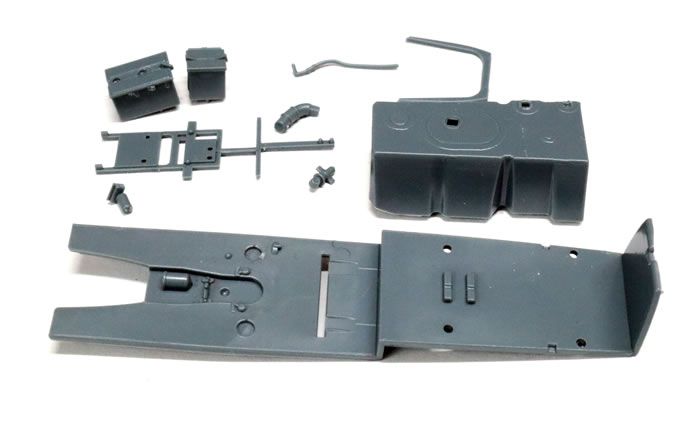
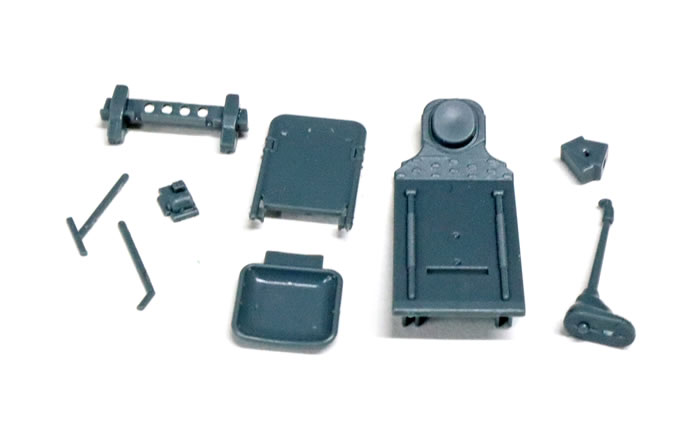
The battery, radio and cockpit floor parts were glued together.

The early-style seat was assembled too, but it was left separate from its armoured backrest at this stage.

The assembled sidewalls. Note that I have sanded off some of the raised detail in preparation for the photo-etched parts.
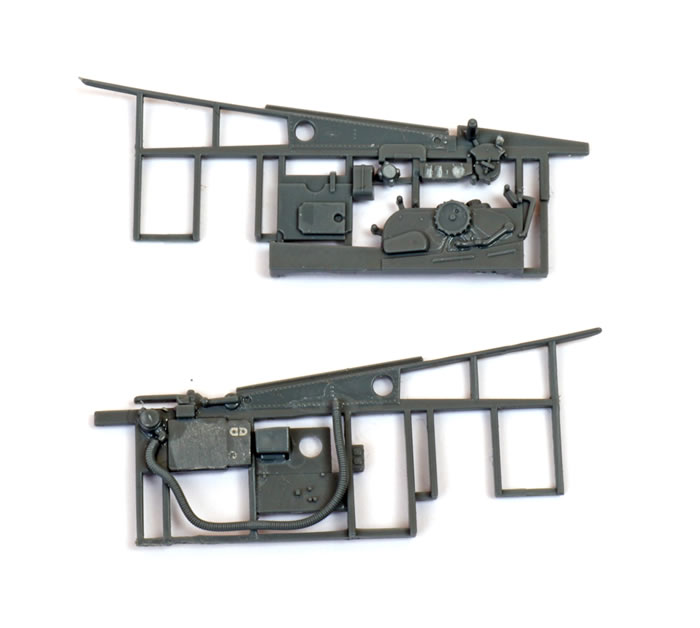
Sidewalls were glued to the fuselage interior prior to painting.
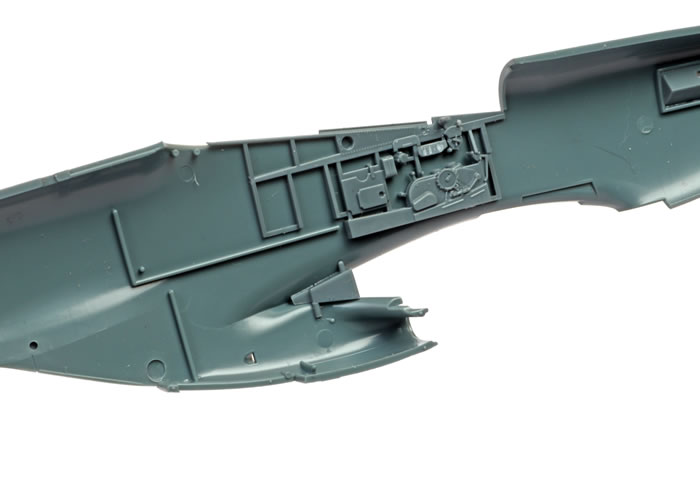
The cockpit floor sub-assemmbly is test fitted against the fuselage sidewalls.
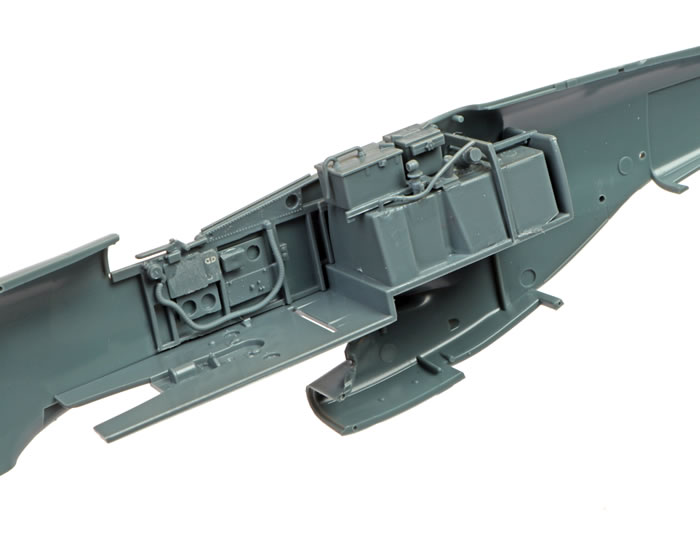
The exhausts are mounted to separate parts glued to the fuselage interior.
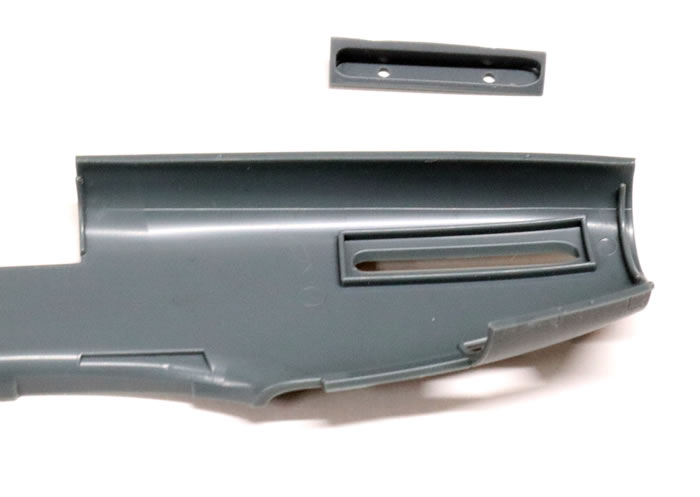
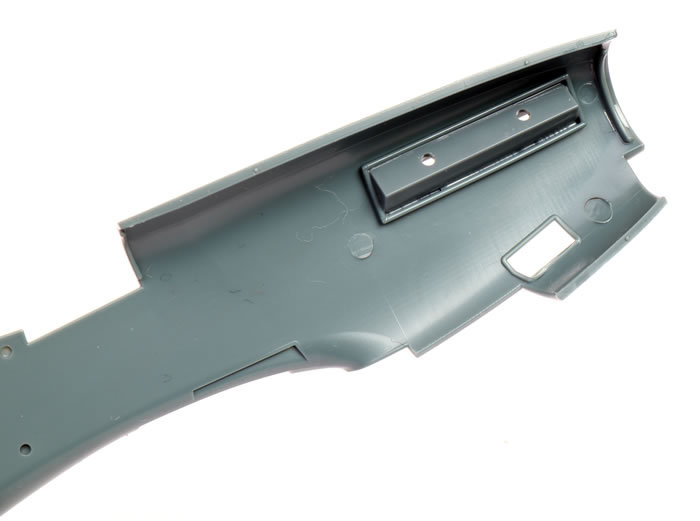
This wedge-shaped part forms the inner well for the landing flap. Note the orientation.
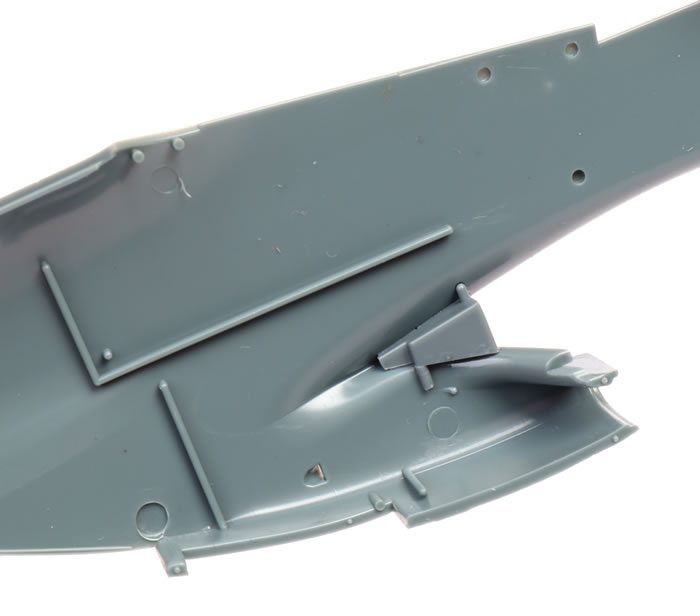
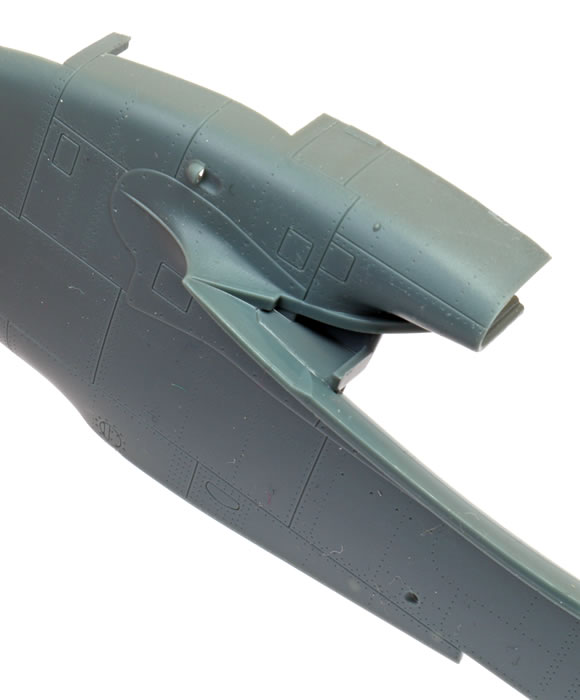
Painting the Cockpit
The base cockpit colour is a mix of Tamiya acrylic paints. It is 2 parts XF-3 (Flat Yellow) and 1 part XF-5 (Flat Green) . I liked the option of the seat being painted Olive Drab.
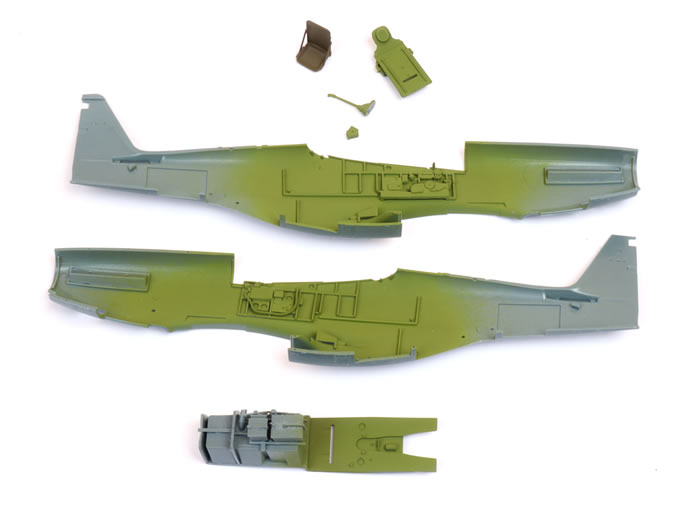
The cockpit floor was sprayed Interior Green, but only for a few patches. These were masked off with Tamiya tape.

Next, the masked floor was sprayed with Tamiya XF-55 Deck Tan.
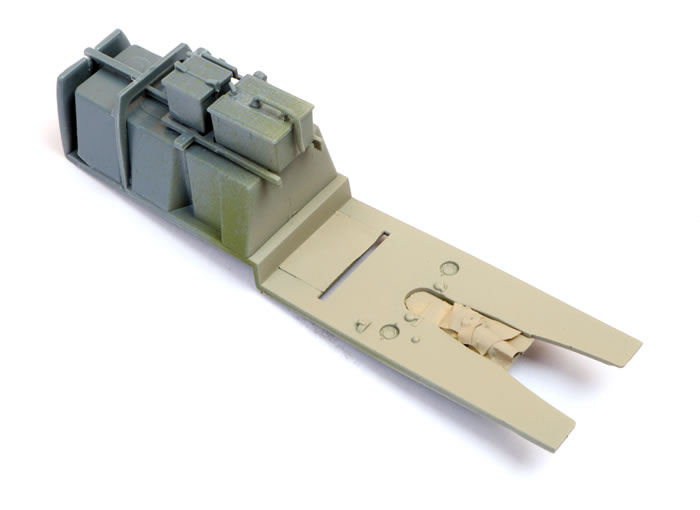
Winsor & Newton Raw Umber and Burnt Sienna oil paints were mixed and thinned slightly...
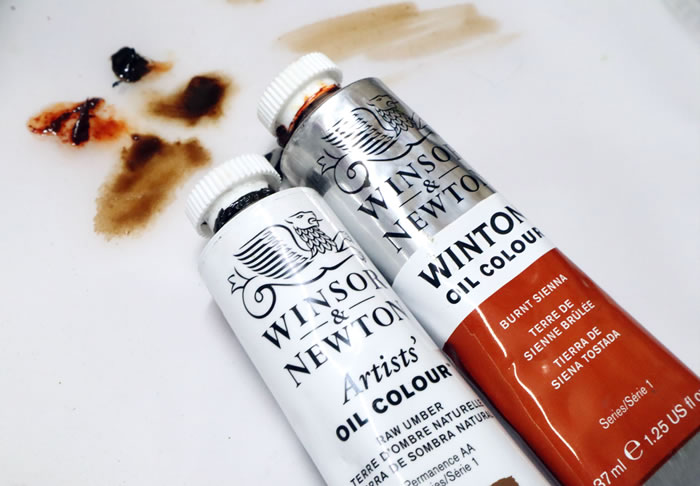
...then applied with a stiff brush to the painted floor. The brush was dragged across the floor from rear to front until I was happy with the grain effect.
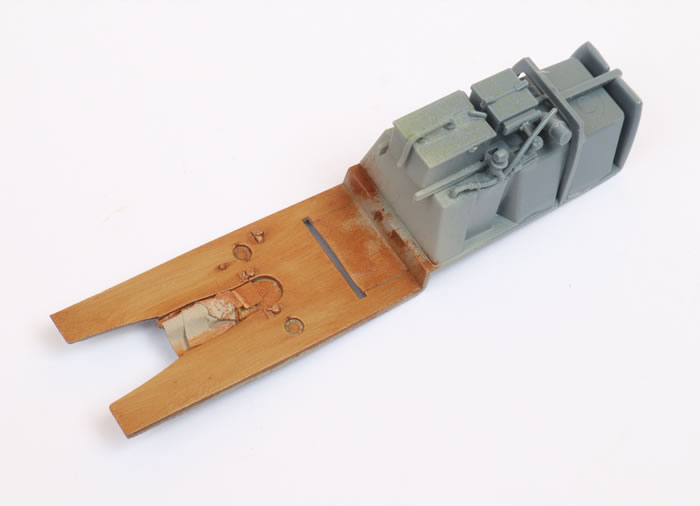
The floor and the lower armoured backrest were masked...
\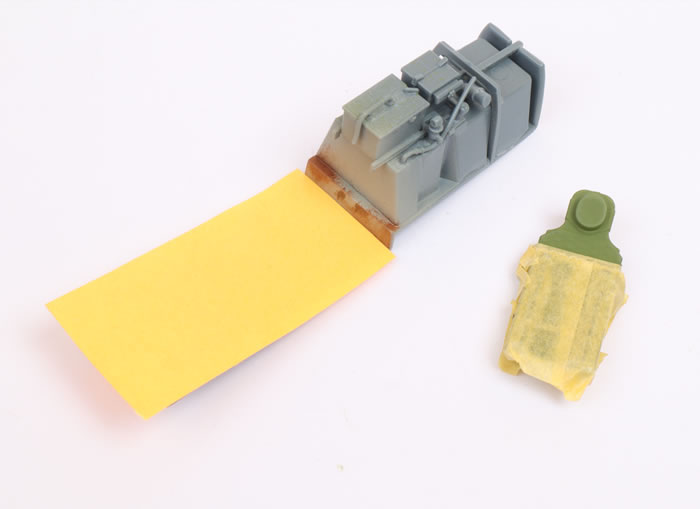
...and sprayed with Tamiya XF-69 NATO Black. The black areas have been dry-brushed here too.

Hairspray was now sprayed onto the wooden-textured cockpit floor and allowed to dry. This acts as a washable / chipping agent for the subsequent paint coat.

The black paint was then realistically worn away with a damp stiff brush.
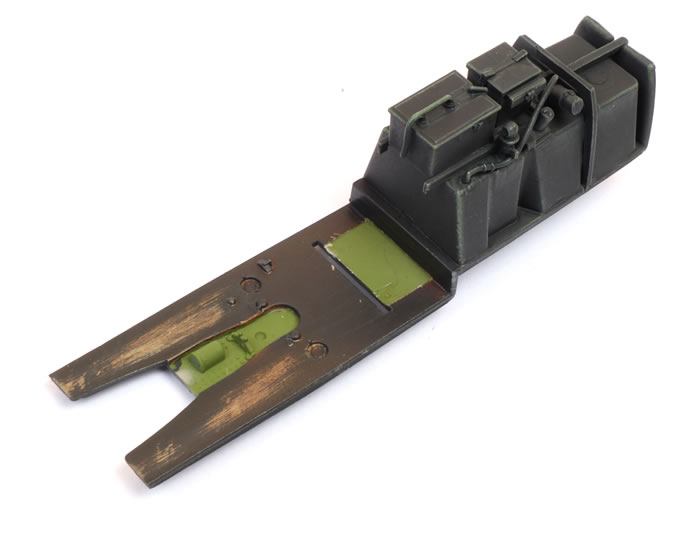
The cockpit parts were now dry-brushed with paler shades of their base colours.

They also received a wash of water, Future Floor Polish and a drop of Vallejo Panzer Aces Acrylic 337 Highlight Ger. (Black), which is actually a dark brown shade.

Photo-etched parts were added before a flat coat to seal the paintwork.

The floor/radio sub-assembly was test-fitted again. There's no such thing as too much test-fitting..
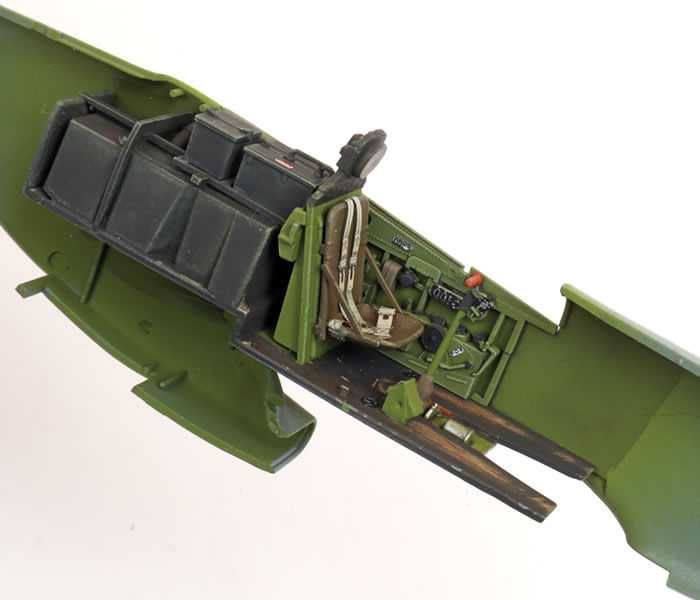
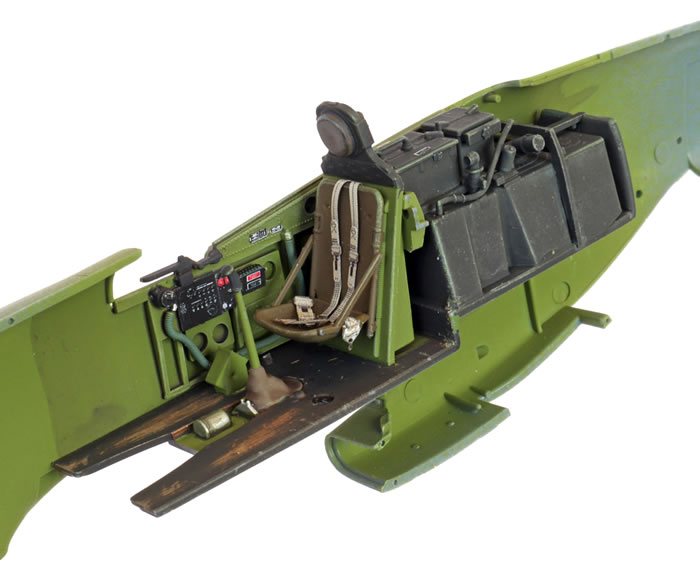
Undercarriage
The kit undercarriage is a thing of beauty. Here are all the parts separated from the sprues.
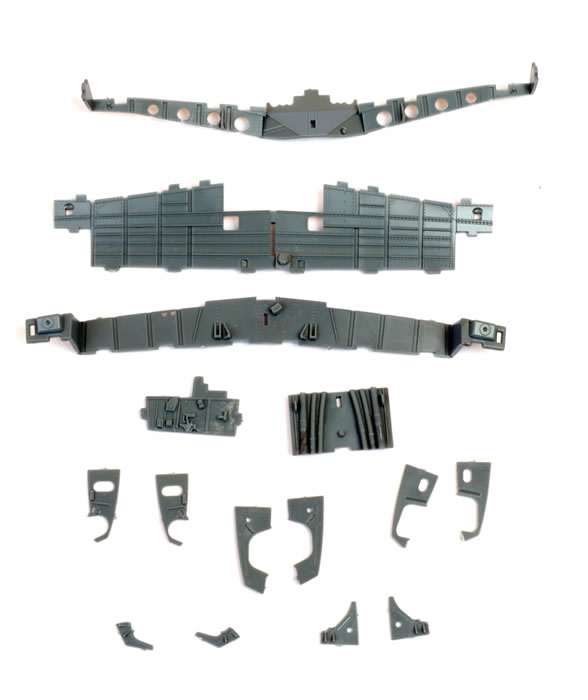
It was assembled according to the instructions.

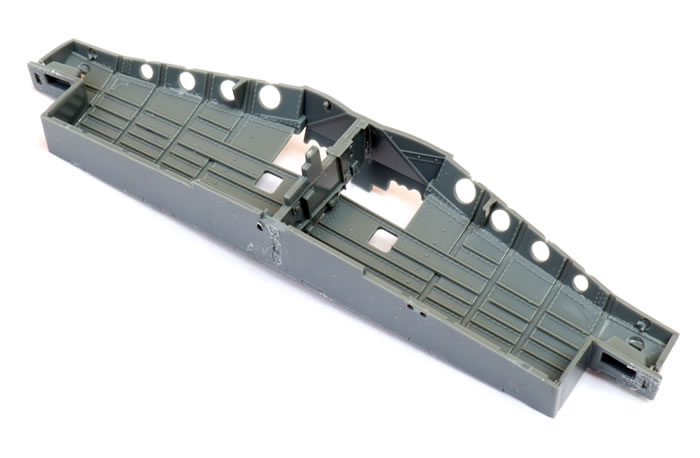


Balance of Assembly
Separate structural detail is supplied for the tail wheel well.
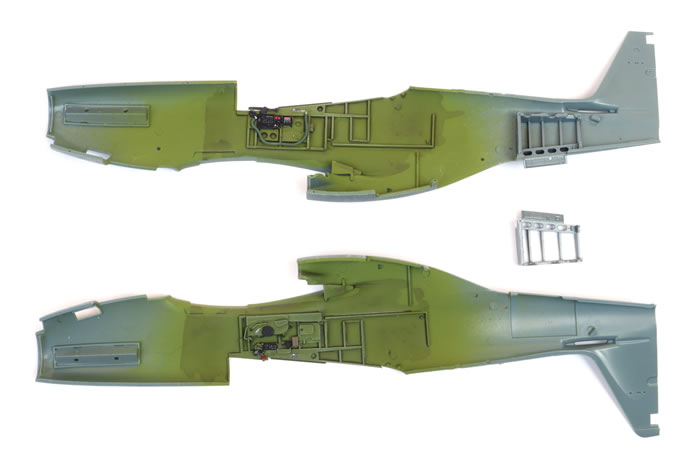
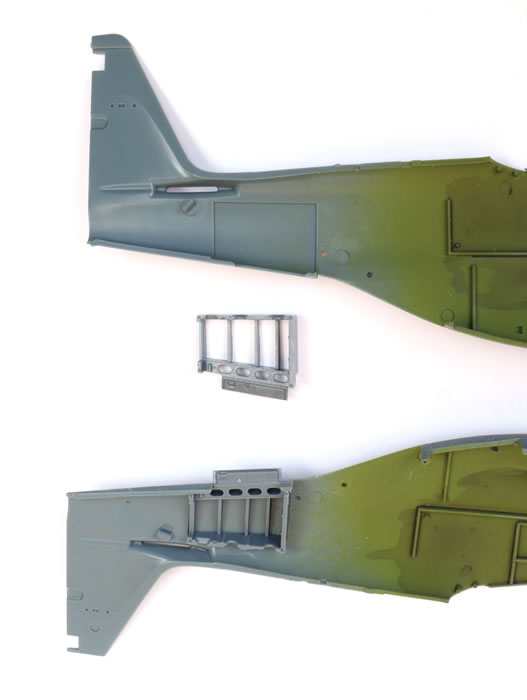
The painted cockpit area was masked off before spraying the rest of the fuselage interior silver. In retrospect, I really should have painted the silver before anything else.
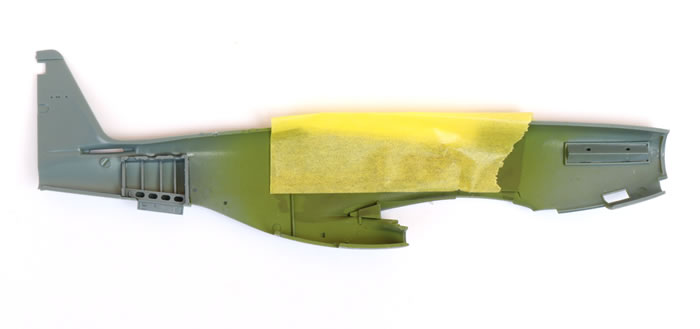
It is worth spending the time detail painting the silver rectangle. It will be quite visible through the opening in the wheel well. The wheel well base colour is Tamiya XF-5 Yellow Green, followed by a Future/water/Ger. Black wash.
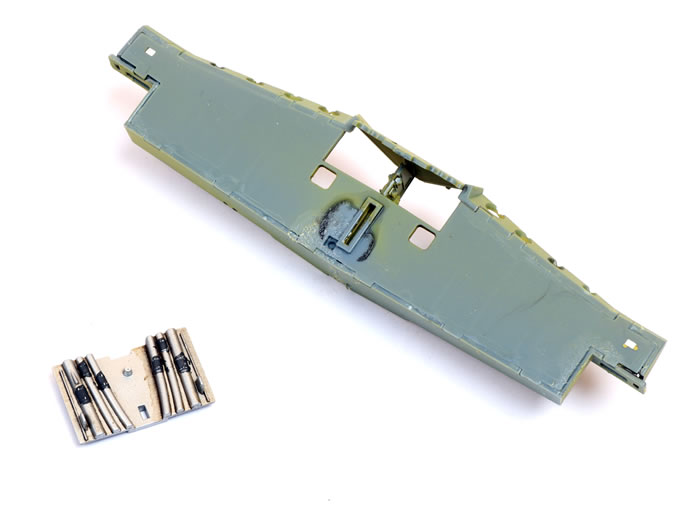

Interior paint job finished. The final interior parts are fitted.
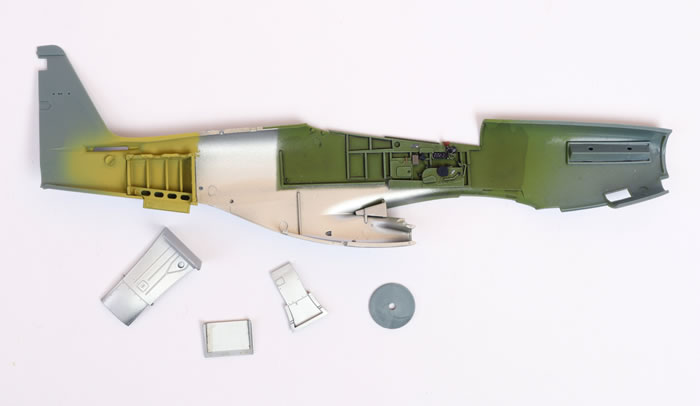
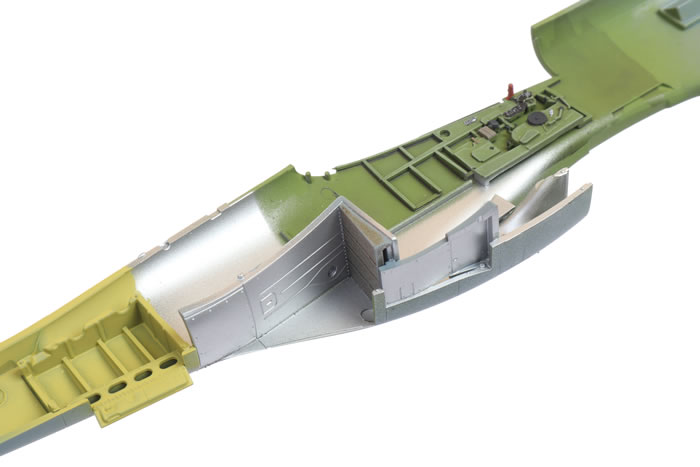
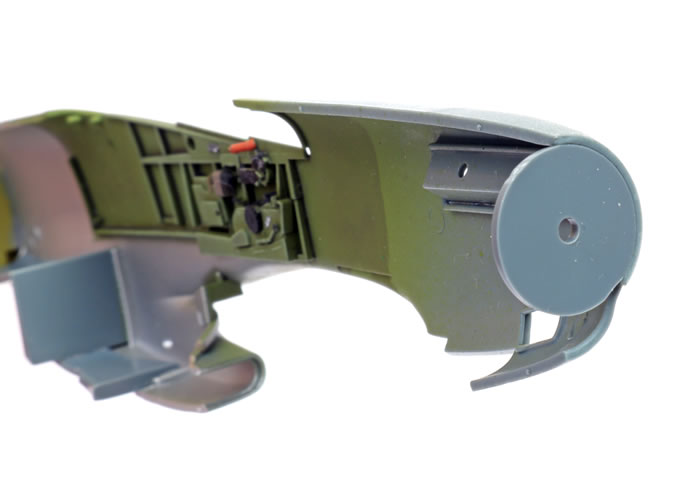
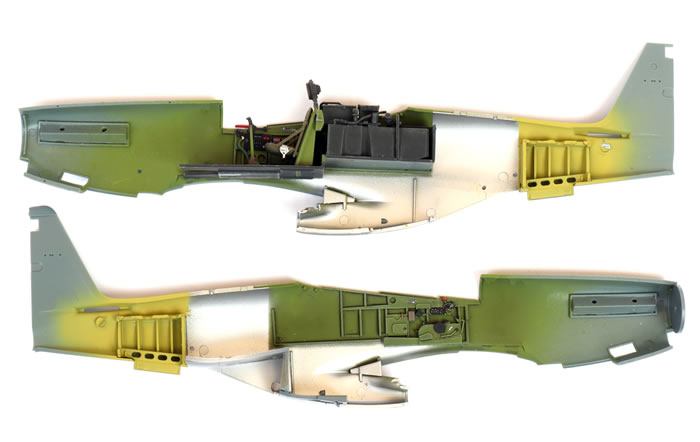
The fuselage halves are brought together. Fit is perfect.
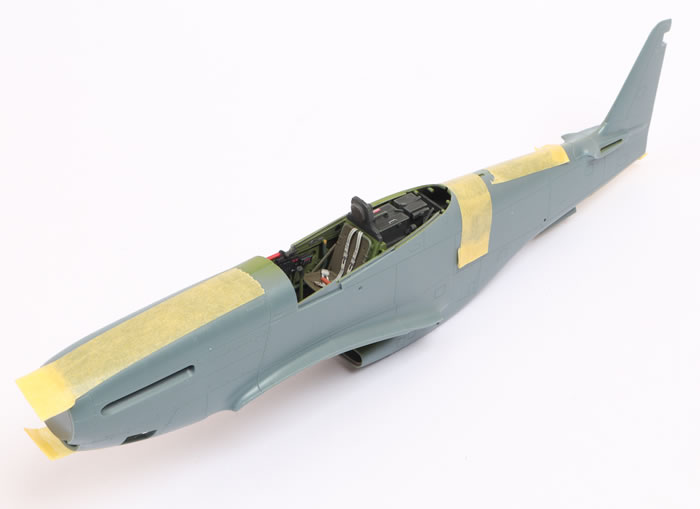
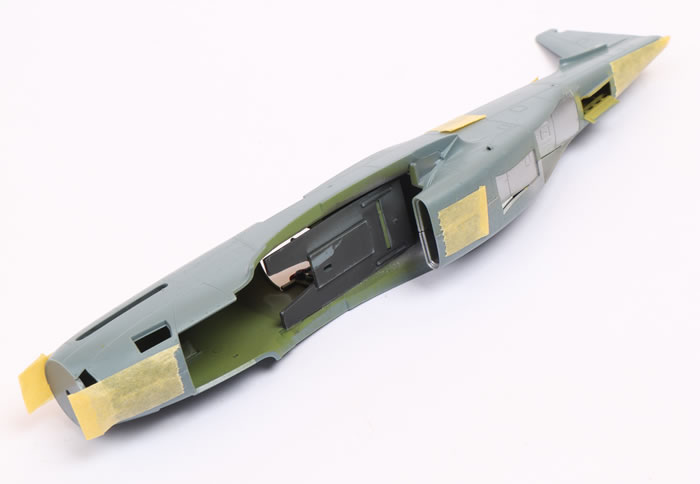
Wing elements painted and ready for assembly.

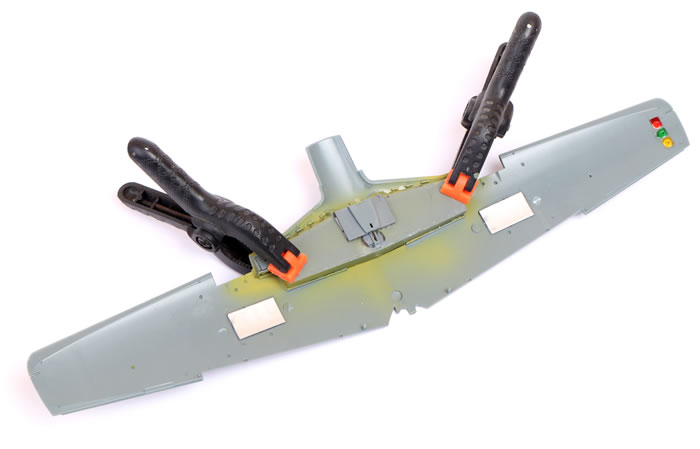
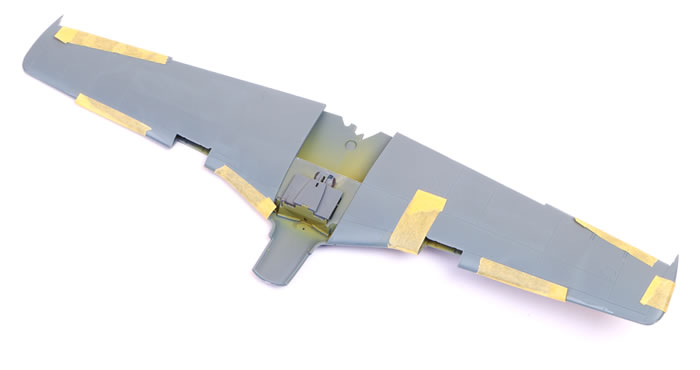
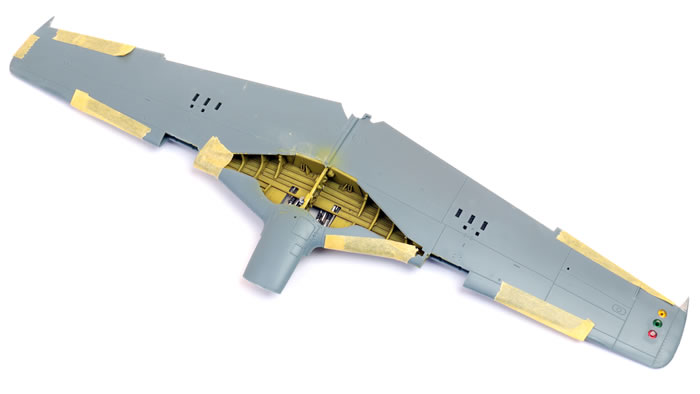
The wing and fuselage are brought together.
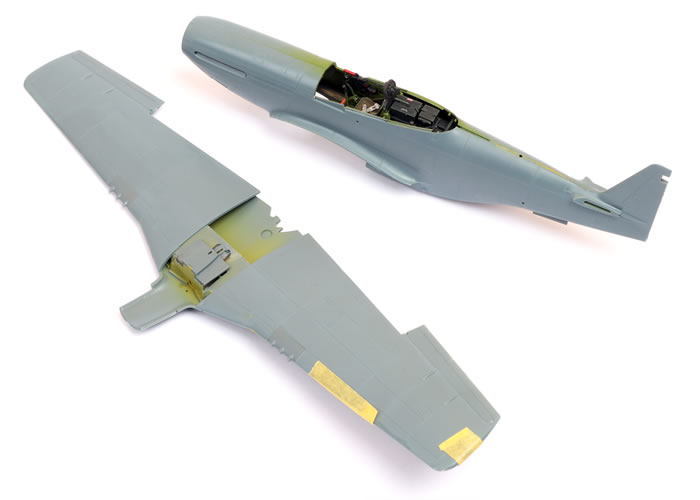
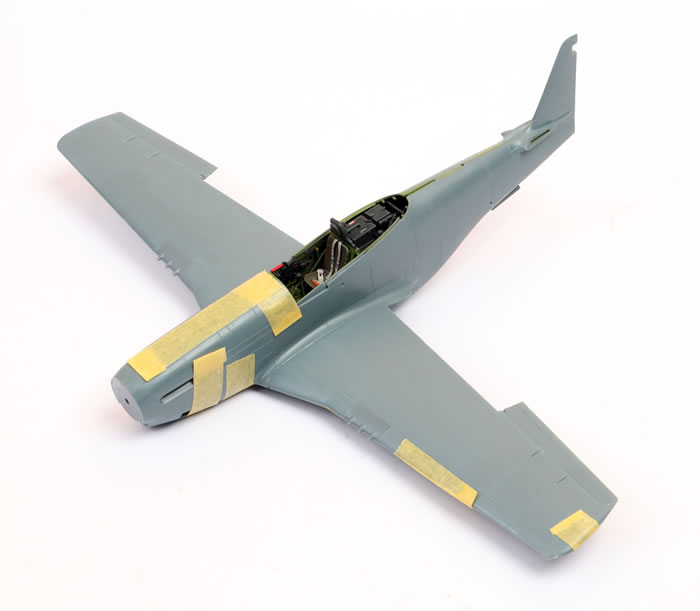
Tail surfaces. I have used the fabric control surfaces for this early Mustang.
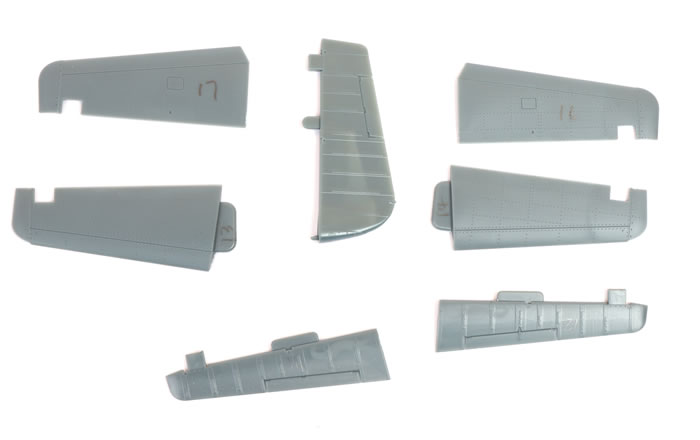
The instrument panel and coaming are added very late in the assembly process.
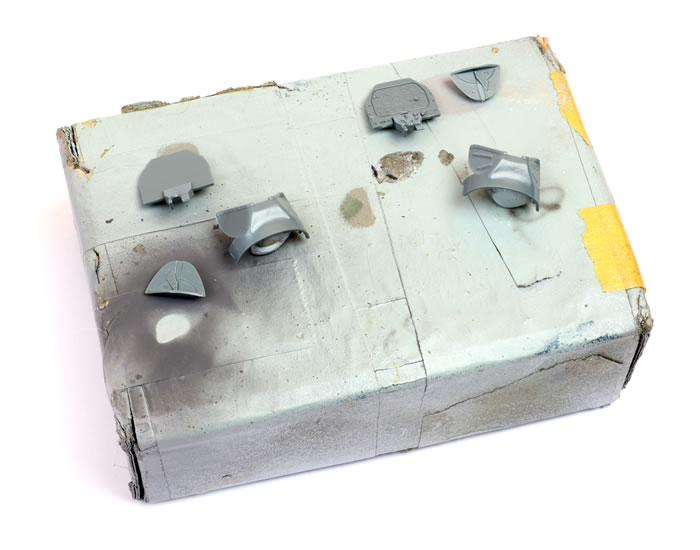
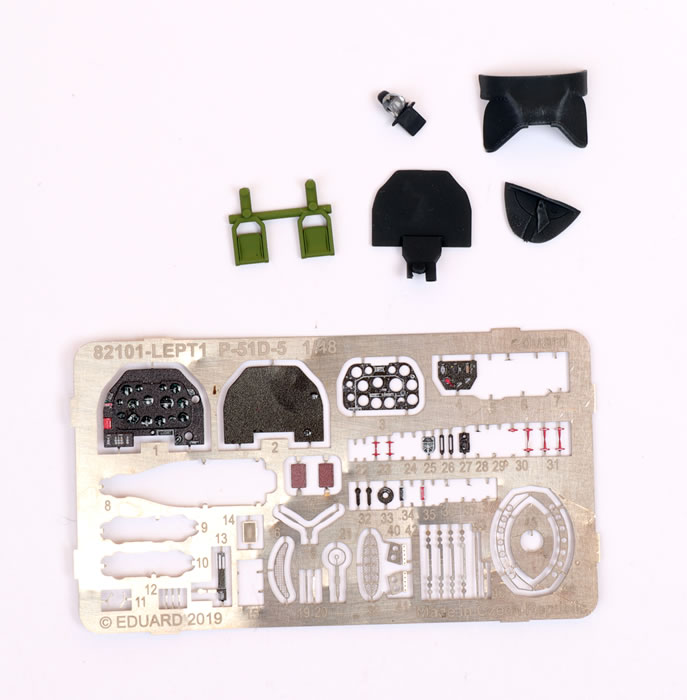
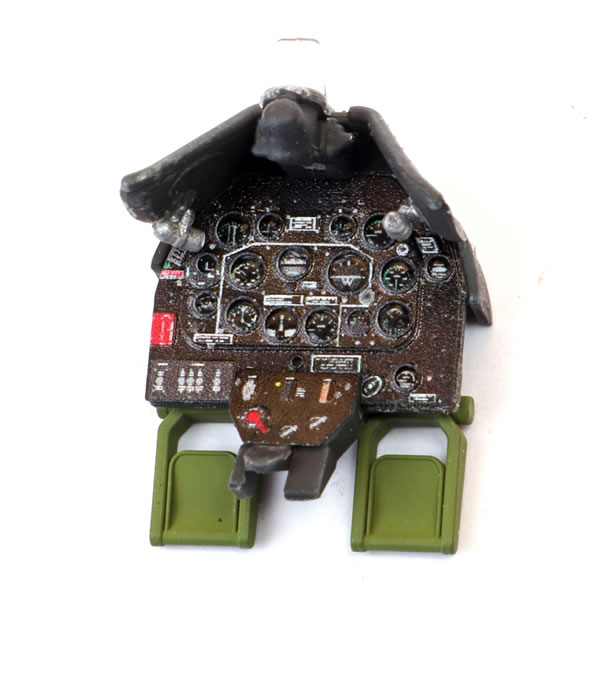
Flaps are designed to be fitted dropped. Fit was tight but worked out in the end.
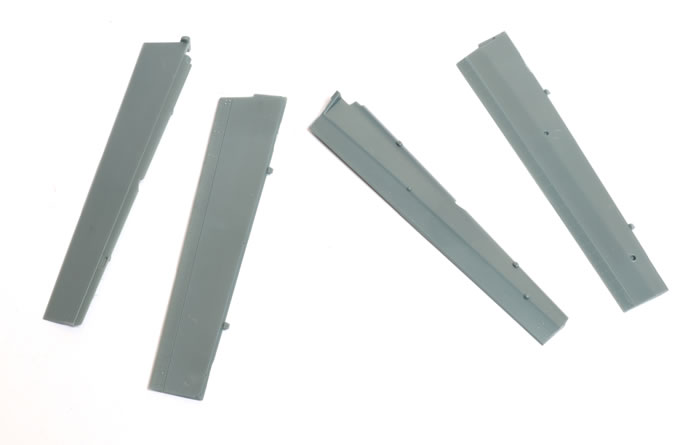
Just about ready for paint!

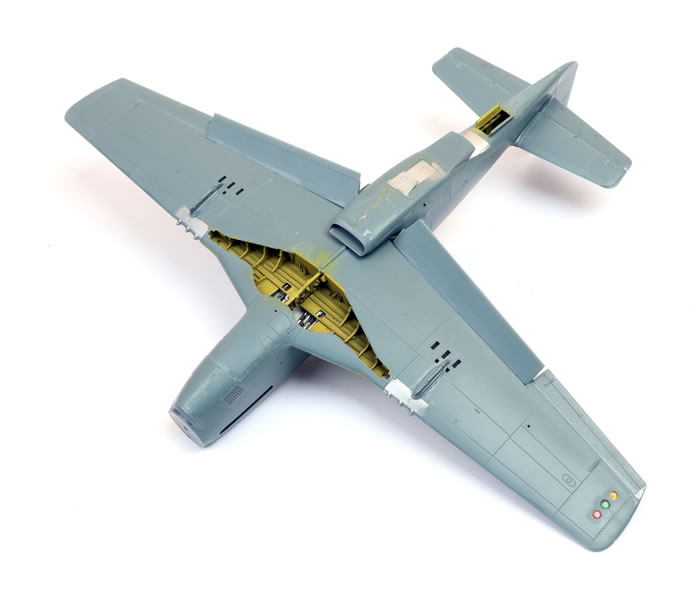
Eduard has delivered a real winner with their all-new 1/48 scale P-51D Mustang family.
I have built the Tamiya and Meng 1/48 scale P-51D Mustangs, and I am partially through building the Airfix kit, and I can confidently state that this new offering from Eduard takes the points in terms of detail, surface textures and features. In particular, the cockpit and wheel wells are beautfully done.
This one certainly belongs in the same category as Eduard's venerated 1/48 scale Spitfire family.
The initial Limited Edition P-51D-5 Chattanooga Choo Choo kit was fabulous, but Eduard has raised the bar even higher with this forthcoming release by including a no-insert filletless fuselage.
If you missed out on the Limited Edition kit this month, you'll be able to snap up this little beauty in October. In fact, even if you did score the Chattanooga Choo Choo release, you'll probably want to add this one to the collection too!
Even better news - fit is excellent. No filling or sanding has been done to my model at this stage. It's straight from the box and per instructions.
Bravo again Eduard!
Thanks to Eduard for the sample
Model, Images and Text
Copyright ©
2019 by Brett Green
Page Created 29 August, 2019
Last Updated
30 August, 2019
Back to HyperScale Main Page
|
Home
| What's New | Features | Gallery | Reviews | Reference | Resource Guides | Forum |